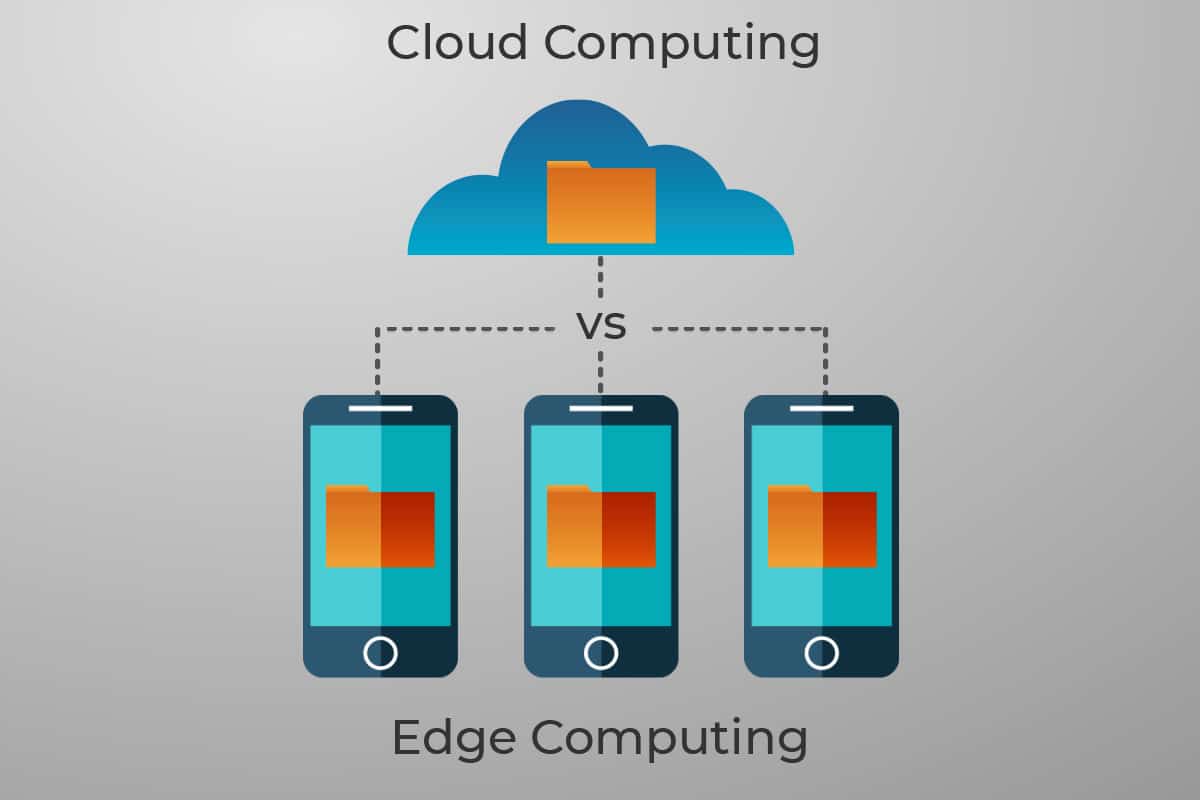|
Wearable healthcare devices, also known as wearables, have transformed the way we monitor and manage our health. These innovative devices are designed to be worn on the body and provide valuable real-time data about various health parameters. They have gained significant popularity in recent years, with advancements in technology making them more accessible and user-friendly. One of the most common types of wearable healthcare devices is the fitness tracker. These wrist-worn devices can track metrics such as heart rate, steps taken, calories burned, and sleep patterns. Fitness trackers not only encourage individuals to stay active but also provide insights into their overall well-being. Users can set goals, receive personalized recommendations, and monitor their progress over time, promoting a healthier lifestyle. Another category of wearable healthcare devices includes smartwatches. These devices offer more advanced features than fitness trackers, combining health monitoring with smartphone capabilities. In addition to tracking physical activity, they can measure blood oxygen levels, detect irregular heart rhythms, and even serve as electrocardiogram (ECG) monitors. Smartwatches enable users to keep a close eye on their cardiovascular health and seek medical attention if necessary. Beyond fitness trackers and smartwatches, there is a growing range of specialized wearable healthcare devices. For instance, continuous glucose monitors (CGMs) help individuals with diabetes monitor their blood sugar levels without the need for frequent finger pricks. These devices typically consist of a small sensor placed on the skin that continuously measures glucose levels and provides alerts for high or low blood sugar. Wearable patches are another exciting development in the realm of healthcare devices. These adhesive patches can be placed on the skin to monitor vital signs, such as body temperature, heart rate, and respiratory rate. They are particularly useful for remote patient monitoring and early detection of health issues. Healthcare professionals can remotely access the data collected by these patches, allowing for proactive intervention and personalized care. One of the key advantages of wearable healthcare devices is their ability to facilitate proactive and preventive care. By continuously monitoring vital signs and health parameters, these devices can detect anomalies or patterns that may indicate a potential health problem. This early detection can lead to timely medical intervention, reducing the risk of complications and improving patient outcomes. Furthermore, wearable healthcare devices empower individuals to take charge of their own health. With access to real-time data and personalized insights, users can make informed decisions about their lifestyle choices, medication adherence, and overall well-being. They can share this information with healthcare professionals, fostering a collaborative approach to healthcare management. While wearable healthcare devices have immense potential, there are challenges to overcome. Privacy and data security concerns need to be addressed to ensure the protection of sensitive health information. Device accuracy and reliability should also be continuously improved to foster trust among users and healthcare providers. In conclusion, wearable healthcare devices are revolutionizing the way we monitor and manage our health. These devices provide valuable real-time data, promote a healthier lifestyle, and enable proactive and preventive care. As technology continues to advance, we can expect wearable healthcare devices to play an even more significant role in the future of healthcare, empowering individuals to live healthier and more informed lives.  |
